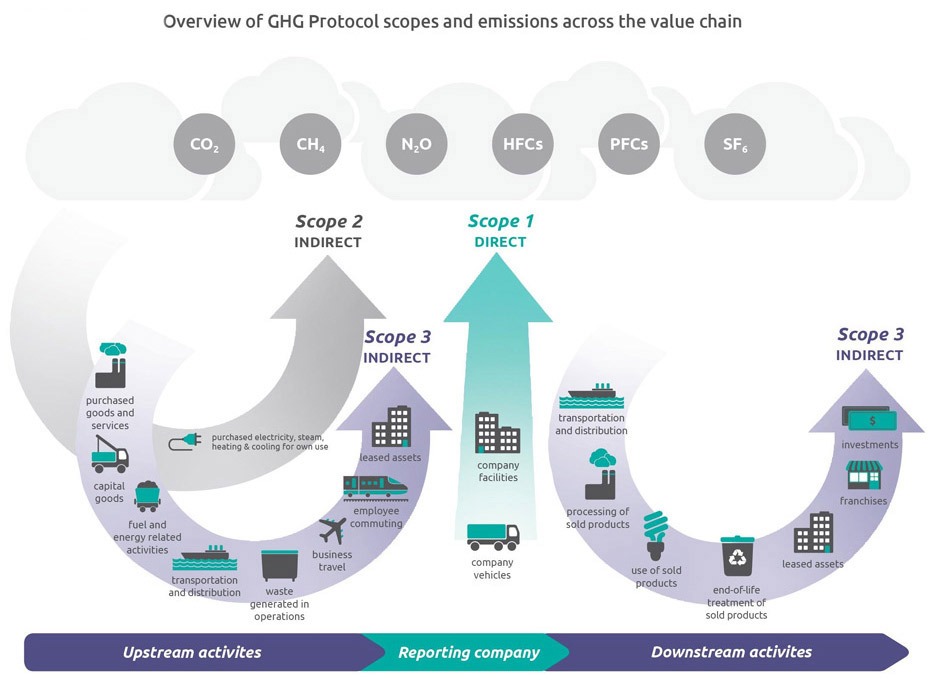Understanding Our Carbon Footprint: A Step Toward a Greener Future
Every action we take leaves a mark on the planet. The electricity we use, the food we eat, the way we travel all of it adds up to what’s called our carbon footprint. It’s the total amount of greenhouse gases, like carbon dioxide and methane, released because of our everyday choices. To help people understand this impact, carbon footprint calculators are becoming popular across India. These online tools estimate how much carbon is produced from daily activities such as using transport, cooking, or charging electronic devices. They give a clear picture of where emissions come from and how we can reduce them in simple, practical ways.
The Greenhouse Gas (GHG) Protocol, developed by the World Resources Institute and the World Business Council for Sustainable Development, sets the standard for how emissions are measured. The system calculates nightly carbon scores using satellite tools and Google Earth, and the results are independently audited for transparency and credibility. According to the Government of Gujarat, these emissions are either direct from sources we own or control or indirect, caused by activities that rely on outside sources like electricity generation. They are grouped into three categories, known as “scopes”:
P.C: gujarat.gov.in/carbon-footprint-calculator
Scope 1- covers direct emissions such as fuel use or transport.
Scope 2- includes indirect emissions from electricity or energy use.
Scope 3- accounts for other indirect emissions like waste or outsourced work.
Scopes 1 and 2 are used to calculate an individual’s footprint.
Several Indian organizations are now encouraging people to measure and manage their carbon output. TERI’s Freight GHG Calculator, NITI Aayog’s e-AMRIT platform, and Tata Power’s EZ Home app make it easier for citizens and businesses to track and cut emissions. Startups like MyPlan8 are also developing user-friendly ways to make sustainability part of daily life.
India has pledged to reach net zero emissions by 2070, and these tools play a small but vital role in that journey. They remind us that meaningful climate action starts with awareness and that even simple changes, when multiplied by millions, can lead to a cleaner and more sustainable future.





